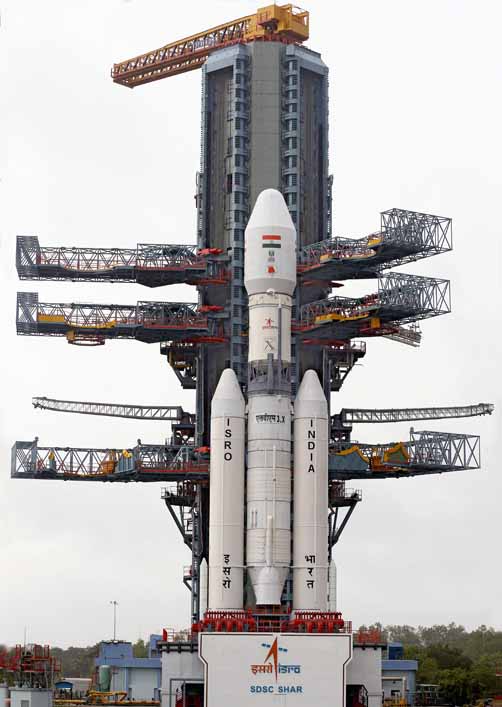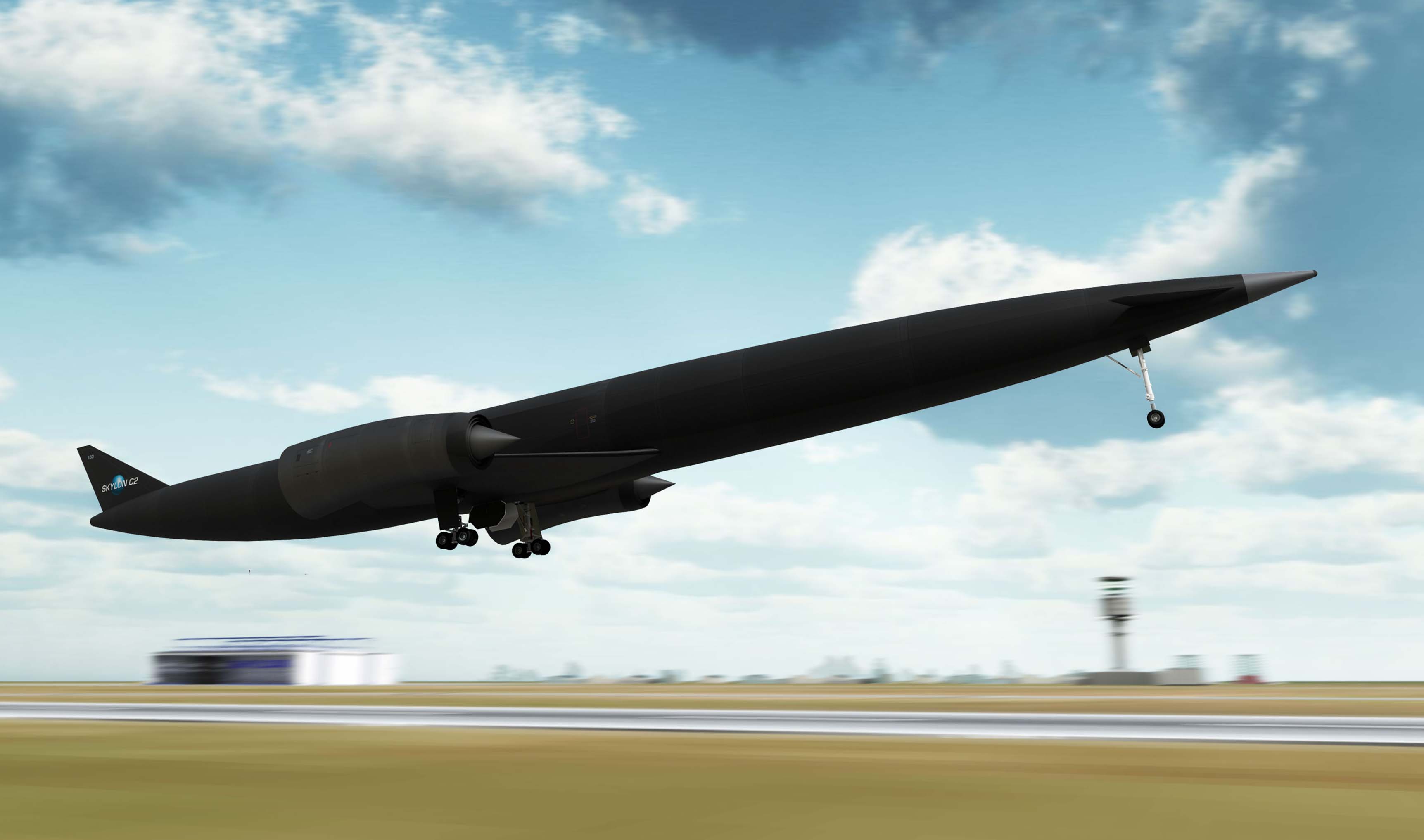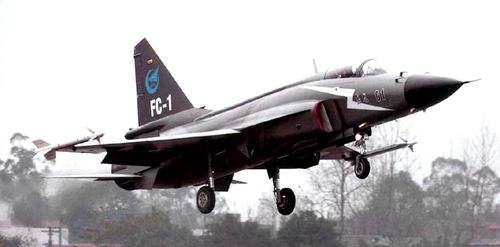
GSLV Mk-III integrated with Crew module Atmospheric Re-entry Experiment (CARE) at launch pad.
CHENNAI (PTI): Ahead of India's maiden experimental launch of latest generation vehicle GSLV Mk III, which would carry out the 'Crew module Atmospheric Re-entry Experiment (CARE)' on a suborbital mission on December 18, ISRO on Monday successfully carried out a rehearsal.
"The nine hour 30 minutes launch rehearsal of ISRO LVM3 has just been successfully completed," the Indian Space Research Organisation (ISRO) said in its social networking site.
Confirming the success, a senior ISRO official said the countdown for the launch of GSLV Mk III/X CARE Mission (also known as LMV 3) would commence around 8.30 AM on December 17 at Sriharikota.
Asked about the reason behind the lesser duration of countdown, he said it was a 24-hour countdown before the Dec 18 launch since the mission would carry only a dummy cryogenic stage.
"The countdown would be for around 24 hours and would commence around 8.30 AM on December 17. The lift off of the launch has been scheduled at 9 AM on December 18," he told PTI.
The 630-tonne GSLV-MkIII would carry the 3.65 tonne crew module even as the national space agency is equipping itself for its ambition of sending astronauts into space eventually.
However, the Indian government has not approved any human mission to space presently.
Realisation of 42.4 metre tall GSLV Mk-III would help ISRO place heavier satellites into orbit.
GSLV Mk III is conceived and designed to make ISRO fully self reliant in launching heavier communication satellites of INSAT-4 class, which weigh 4,500 to 5,000 kg.
It would also enhance India's capability to be a competitive player in the multi-million dollar commercial launch market.
 Previous Article
Previous Article Next Article
Next Article












The Indian Air Force, in its flight trials evaluation report submitted before the Defence Ministry l..
view articleAn insight into the Medium Multi-Role Combat Aircraft competition...
view articleSky enthusiasts can now spot the International Space Station (ISS) commanded by Indian-American astr..
view article